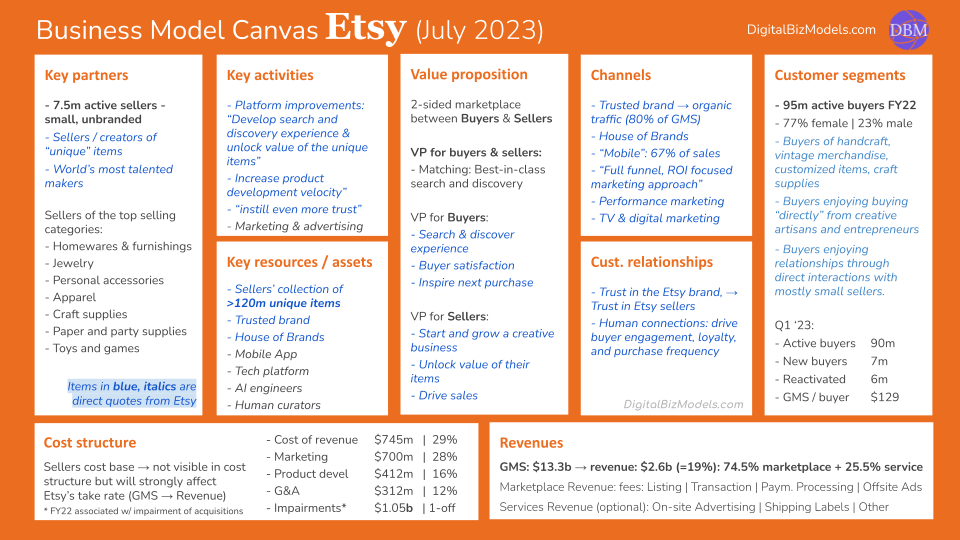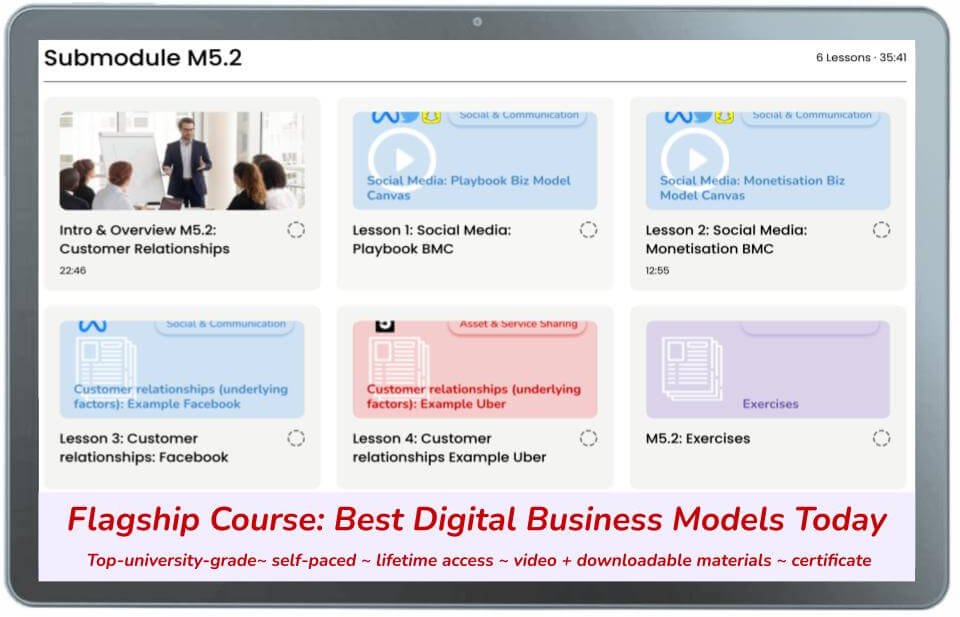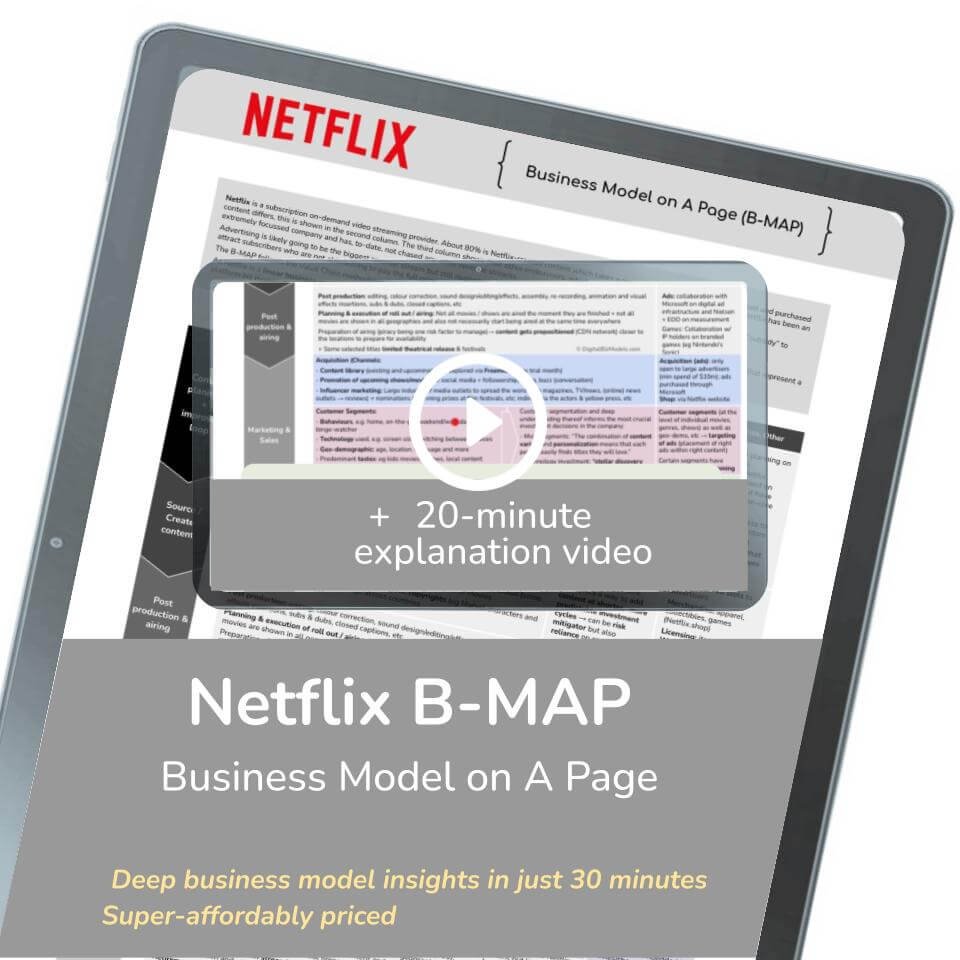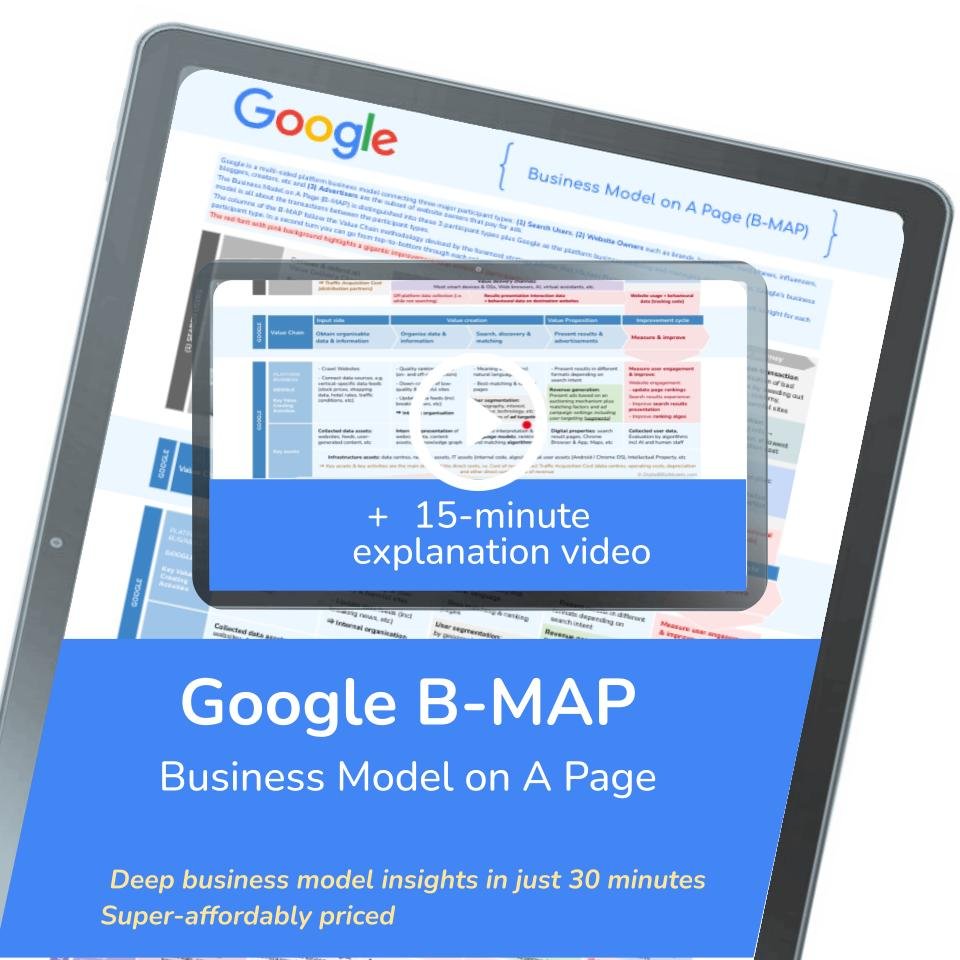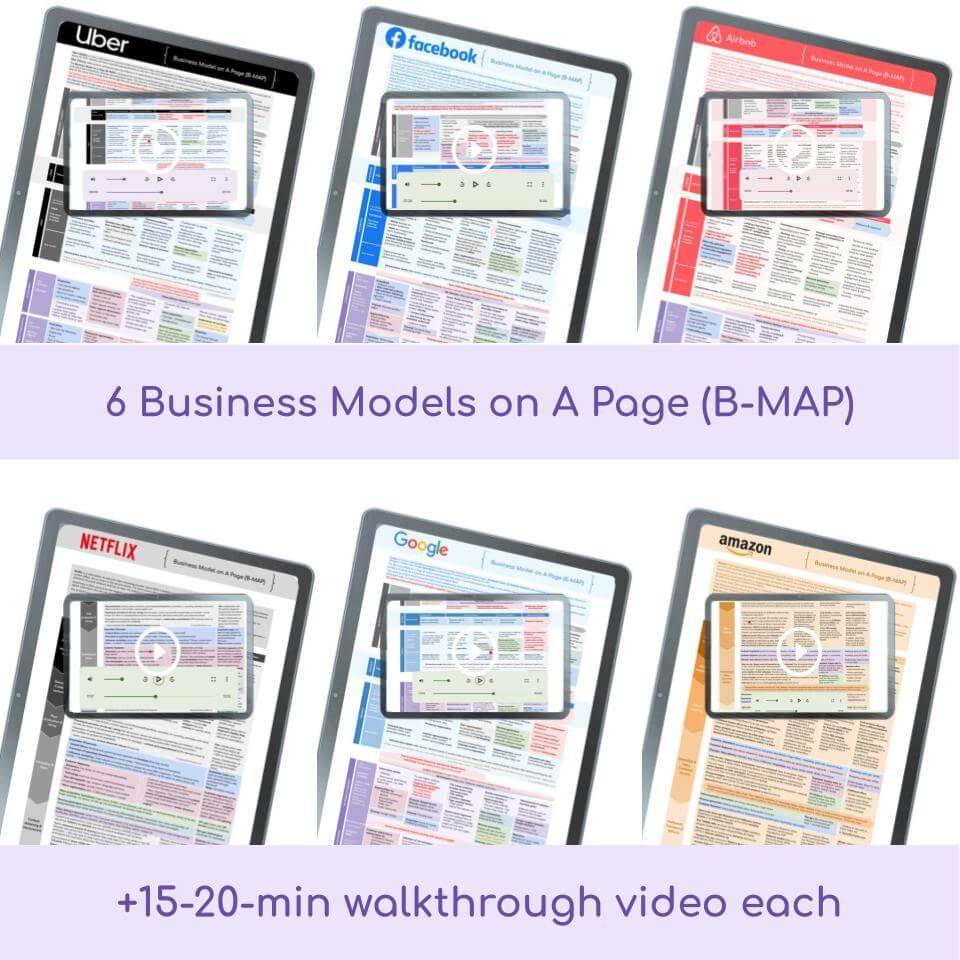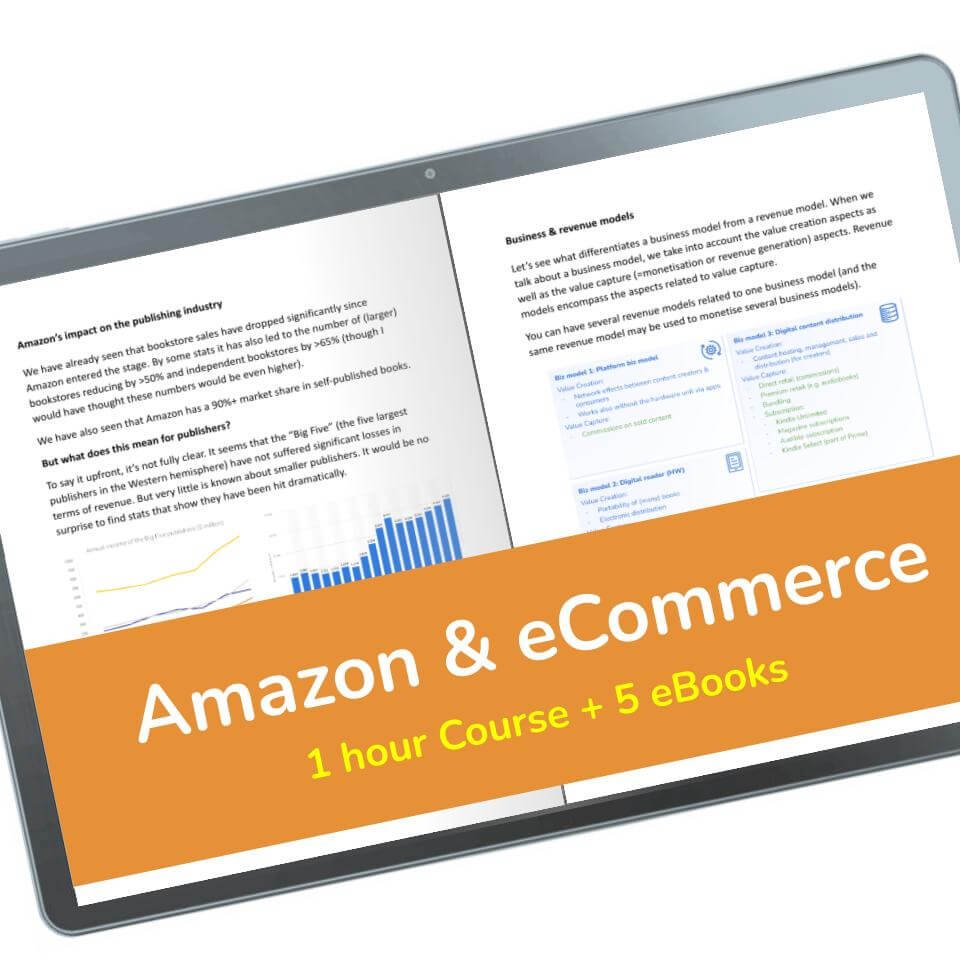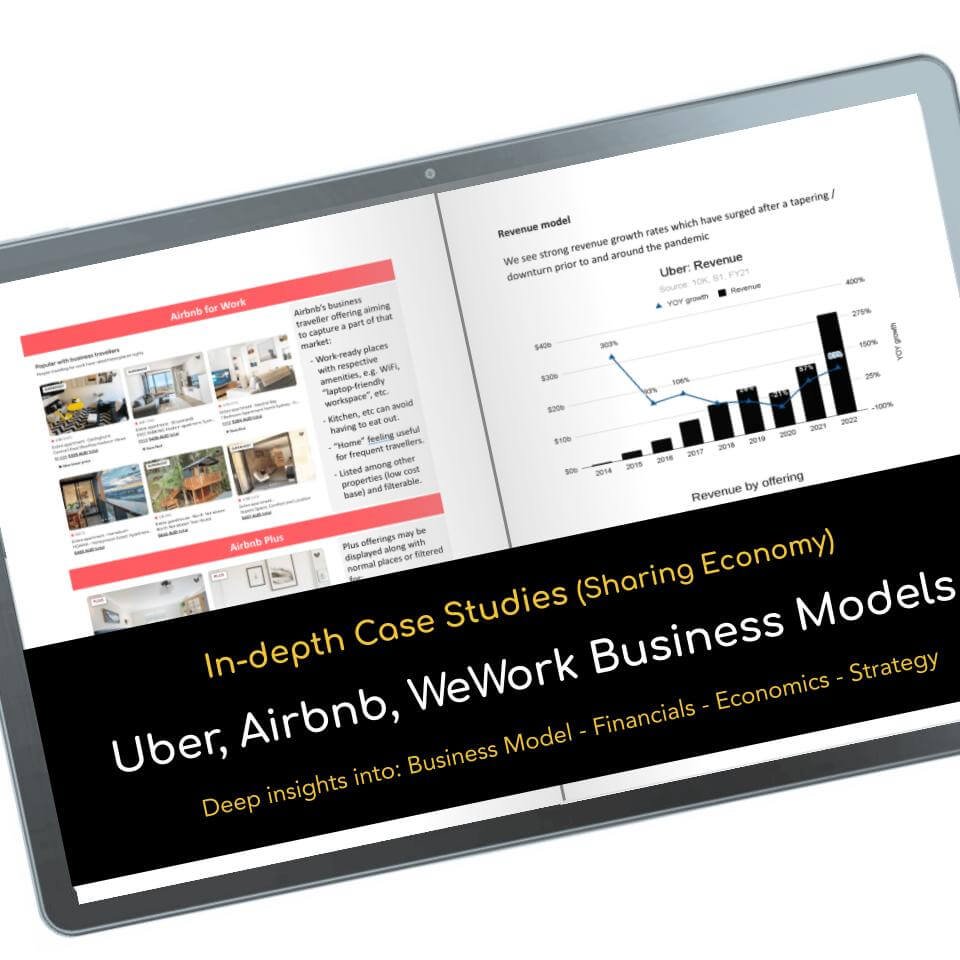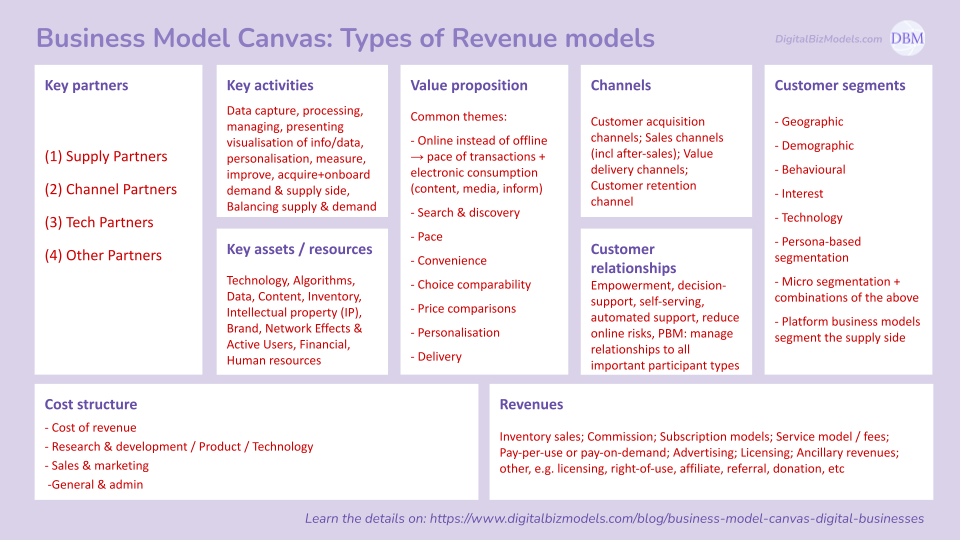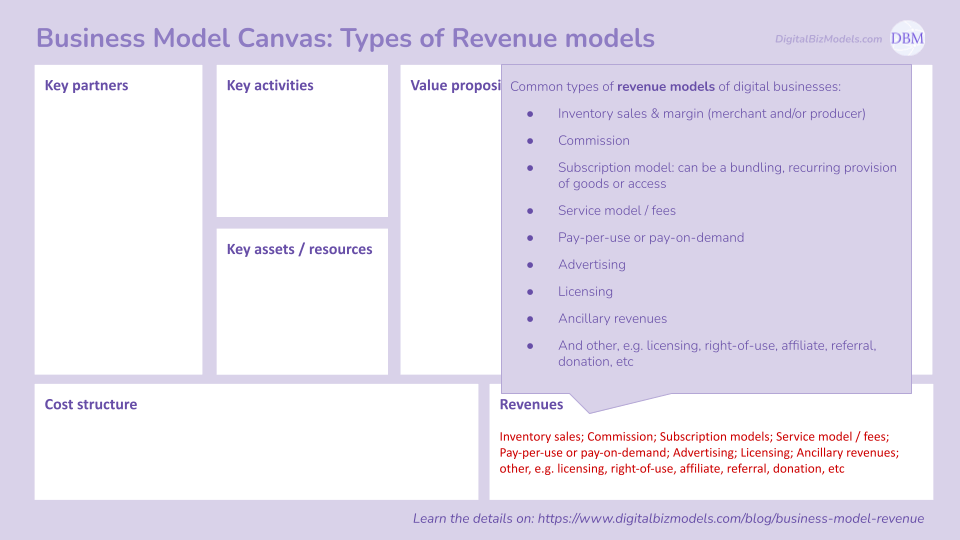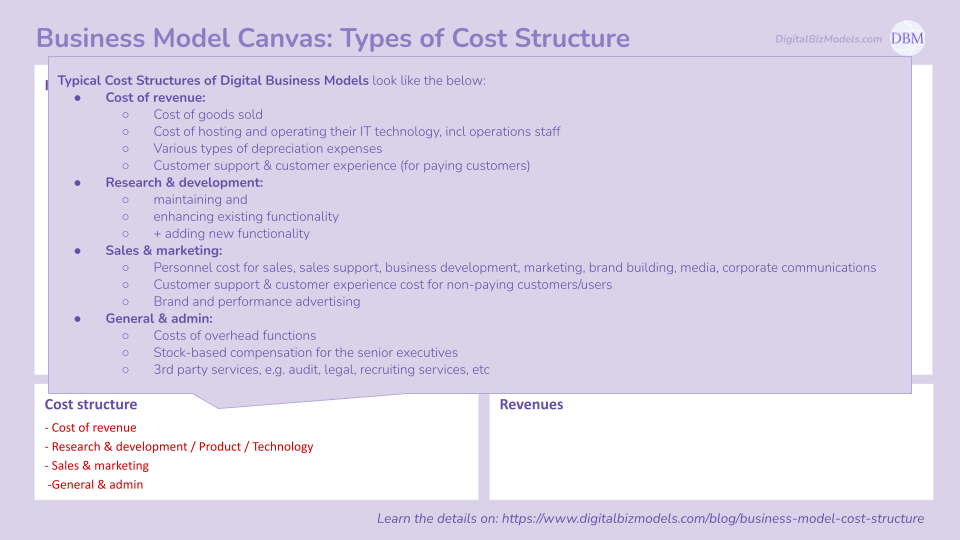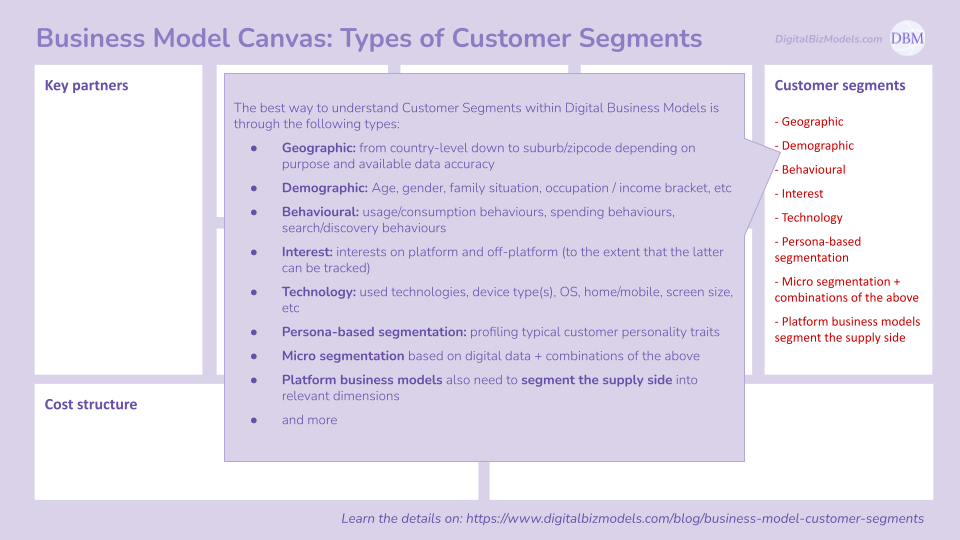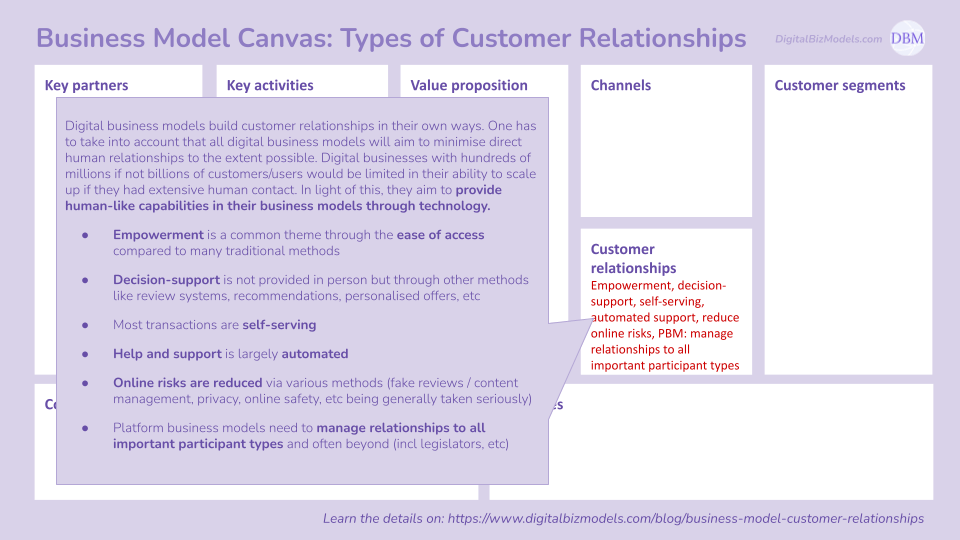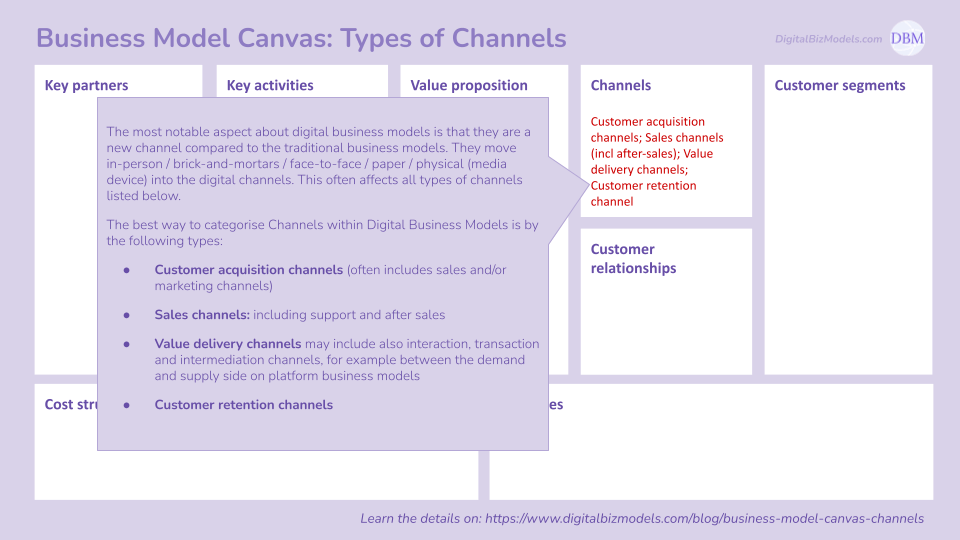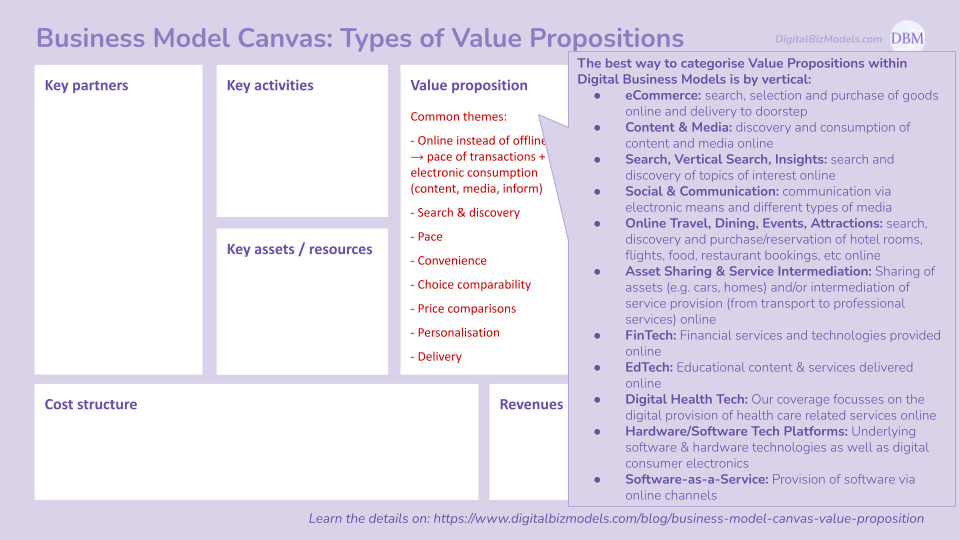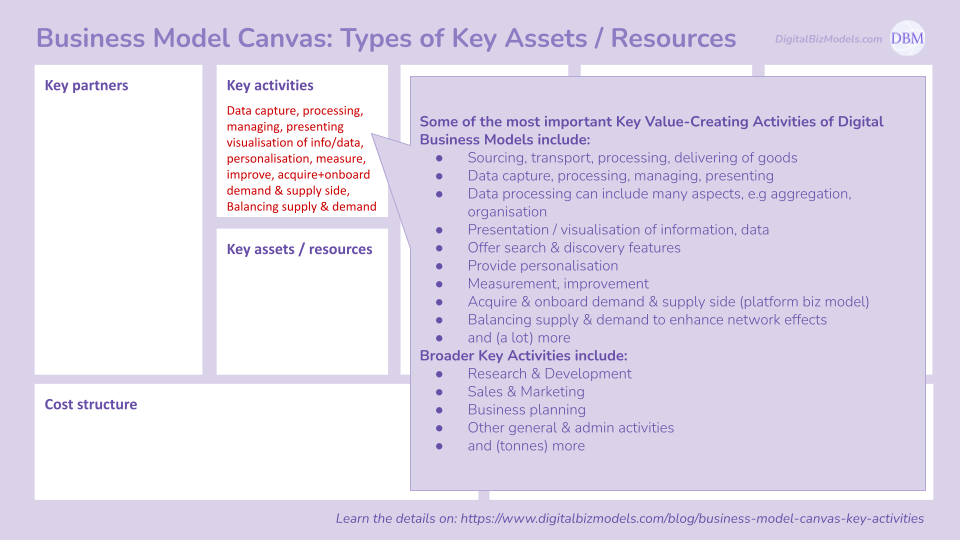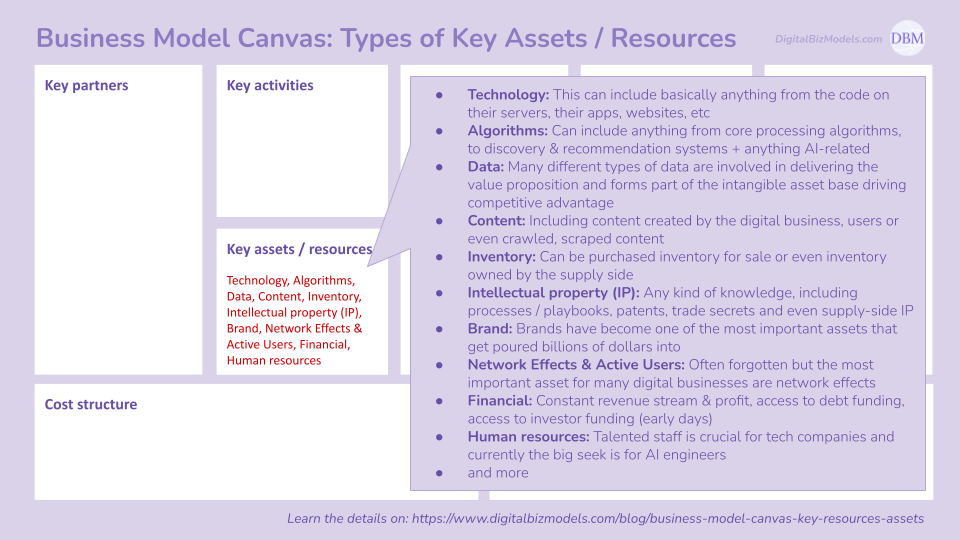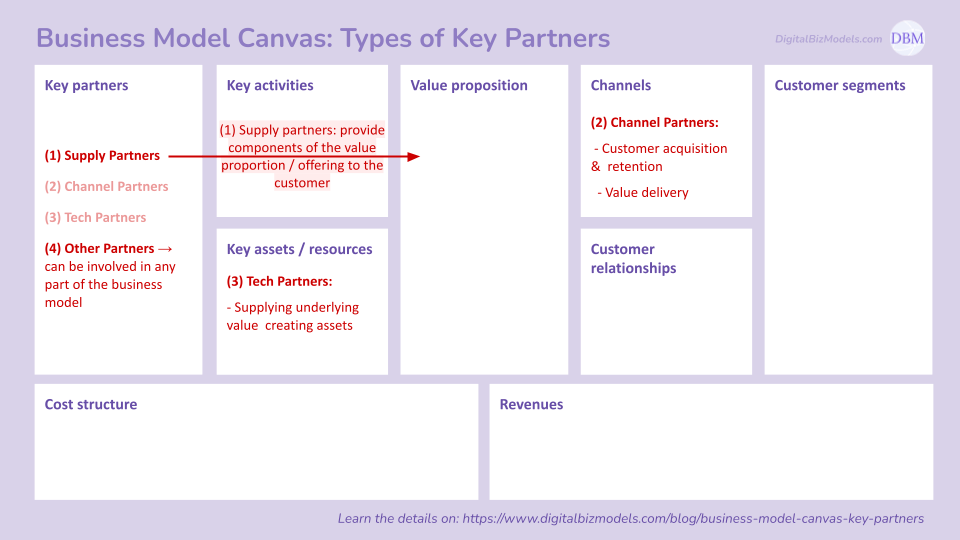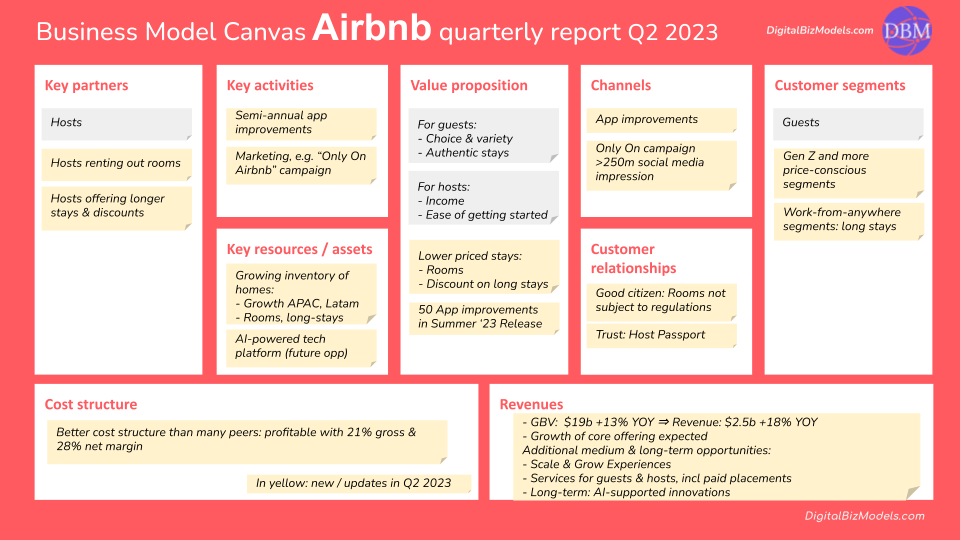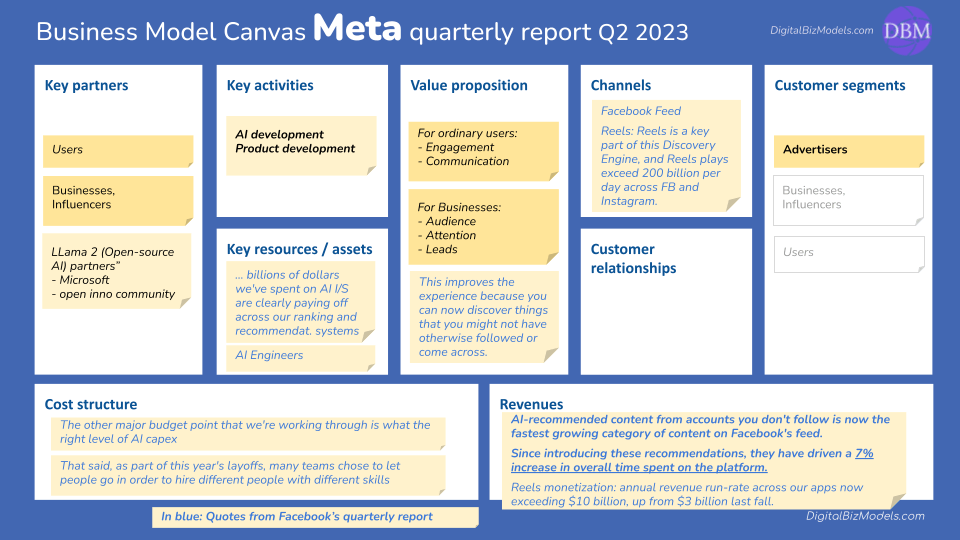Etsy Business Model (July 2023)
Business Model
Etsy is a two-sided marketplace between Buyers & Sellers of handcrafted, vintage and customised products. In 2022, they enabled transactions between 7.5 million sellers with 95.1 million buyers. With that, they fall under the platform business model.
They describe themselves as the place to “discovering that perfect gift for a loved one, talking directly with a maker who can craft an item just for you” and believe “ … as the world shifts toward fewer, more commoditized online brands, the need for Etsy is even greater. We believe people will crave an alternative to mass-produced products”
How does Etsy make money?
Key revenue sources are marketplace fees which made 75% of all revenue in 2022 with service fees generating the remaining 25%. In total, Etsy generated $2.6b in revenues in FY22 on a Gross Merchandise Sale (GMS) of $13.3b (equivalent to a 19% “take rate”).
Etsy, Inc. owns 4 major brands:
Etsy.com: $11.8b GMS = 89% of total GMS
Reverb: a musical instrument marketplace: $0.9b GMS = 7% of total GMS
Depop: fashion resale marketplace, newly acquired in 2021: $0.6b = 4% of total GMS
Elo7: Brazil-based handmade goods marketplace (the “Etsy of Brazil”), acquired in 2021: : $0.07b = 0.5% of total GMS
Top-selling categories on Etsy.com (and thus the key money makers) on Etsy are: Homewares & furnishings, Jewelry, Personal accessories, Apparel, Craft supplies, Paper and party supplies, Toys and games. This is based on Etsy’s own listings in the financial reports.
Who are Etsy’s main competitors?
Etsy’s main competitors are Amazon, Amazon Marketplace, Ebay, social commerce channels like Instagram or Facebook. Since most of the covid lockdowns have eased, local commerce has returend to being a direct competitor, including the likes of Wayfair, West Elm, Walmart, Target and local consignment and vintage stores. These are competing for the same buyers as Etsy.
Then there are Shopify, Wix, Squarespace and Woocomerce. These are competitors on the seller-side. These are ecommerce hosting platforms (basically eCommerce Software-as-a-Service firms) that some sellers may choose to host their online store on instead of using Etsy while others may do both in parallel.
Overview
This article is structured in line with the elements of the business model canvas:
Sources
Our key sources for the business model canvas and this article are:
Investor updates, including annual reports, quarterly reports
3rd party data, e.g. Similarweb, TechCrunch and other insights portals
We are highlighting direct quotes from these sources in “blue italics”
Business Model Canvas
Etsy Business Model Canvas 2023 - blue, italics items are direct quotes from Etsy
Value Propositions
As a 2-sided platform Etsy needs to make sure that they have value propositions for both participant types (buyers as well as sellers). We will focus on some of the most recent aspects that Etsy focusses on in this space:
VP for buyers & sellers:
Best-in-class search and discovery: “We are focused on continuing to develop a search and discovery experience that unlocks the value of the unique items that can be found on the Etsy marketplace.“
This refers to matching algorithms which are at the heart of any 2-sided marketplace. Being able to do this well, can mean more buyers will use the platform and increase revenue
VP for Buyers:
Search & discovery experience: “…delivering world-class search and discovery technology that surfaces the right unique product to the right buyer at the right time in order to drive sales and buyer satisfaction.”
Buyer satisfaction - based on the above and to
Inspire next purchase: “We’re investing in multiple areas focused on understanding buyer tastes and preferences as we strive to anticipate and inspire their next purchase.”
Note the difference between the first and the third point: Search & discovery pertains to the actual search (ranking algorithms) of the (prospective) buyer whereas inspriing the next purchase refers to recommender algorithms
VP for Sellers: In basically all cases of 2-sided marketplaces, the value proposition is that of prospective income. No difference with Etsy
Start and grow a creative business: “they believe that we are the best place for them to start and grow a creative business”
Unlock value of their items: “unlocks the value of the unique items”.
Drive sales - see the first quote in the buyers VP
These aspects go to the heart of every supply side participants main question which of the platforms will be the best to sell their items and will it be better than having their own website. Some of the more professional sellers will be on several platforms and have their own pages in parallel.
Learn more about the value propositions of digital business models here.
Free Downloads
Revenue
Etsy’s revenue model monetises on two types of revenues:
Marketplace Revenues which include fees on: Listings, Transactions, Payment Processing and Offsite Ads
Services Revenue (optional) which include fees on: On-site Advertising, Shipping Labels and some others. Note, that these are optional for sellers but can lead to an advantage (such as on-site ads) over competitors and, thus, it is fuelled by the fear-of-missing-out (FOMO) of sellers. A typical monetisation tactic
In the last full year, FY22, Etsy’s key revenues metrics were:
Gross Merchandise Sale (GMS): $13.3b
Revenue: $2.6b (=19% of GMS or “take rate”); composed of
74.5% marketplace revenues; and
25.5% service revenues
Learn more about revenue generation in digital business models here.
Key Partners
Now let’s go through the value creation steps from the supply side (=key partners) to the customer.
Undoubtedly, the key partners of Etsy are the sellers / creators of “unique” items. Many of them are artisans, artists and creators.
There are 7.5m active sellers mostly small and unbranded
In Etsy’s words they are “creators of ‘unique’ items” and the “world’s most talented makers”
A particular call out goes to the sellers of the top selling categories because it creates choice for buyers.
Top-selling categories on Etsy are: Homewares & furnishings, Jewelry, Personal accessories, Apparel, Craft supplies, Paper and party supplies, Toys and games.
Learn more about key partners in digital business models here.
Our Flagship Course
Key Activities
The key activities that Etsy currently is most focussed on - based on their annual, quarterly reports and press updates - include further improvements to their platform, including new AI technologies in search, increasing trust further and ongoing marketing & advertising:
Platform / technology improvements with a key focus in 2023 on “Developing search and discovery experience & unlock value of the unique items” - the main reason behind this is to further enhance network effects between sellers & buyers and increase sales through returning customers
In their Q1 2023 shareholder update, Etsy pointed out “dramatic increase in product development velocity” with the aim of improved customer experience (this pertains to their recently-acquired Depop platform)
Increase trust: instilling more trust has been a continued theme across their last 2-3 shareholder updates and is important for any 2-sided marketplace in order increase sales “Working to instill even more trust to transact with us”
Marketing & advertising: see more in the channels section
Learn more about key activities in digital business models here.
Key Assets & Resources
Etsy’s key assets & resources include the seller’s inventory, their trusted brand (due to the largely unbranded nature of the sellers), their tech platform including their App as well as their human resources in the area of AI and human curators.
Store inventory: “The foundation of Etsy.com’s competitive advantage is our sellers’ collection of millions of unique items.” is repeatedly pointed out as their key asset. The reasons is that this is different type of inventory compared to other eCommerce platforms. It includes handcrafted and artisan work
Trusted brand: The unbranded nature of Etsy’s sellers requires a strong Etsy brand. It will attract buyers and ensure transaction are completed and also help Etsy to gain the upper hand over their sellers - a cold but true fact to command their commission on transactions
House of Brands: Etsy points to their “House of Brands” with regards to their acquisitions of Reverb and more recently Elo7 and Depop which are one of their key strategic growth pillars
Mobile App: see more in the channels section
Tech platform: “We use a combination of artificial intelligence, machine learning, and human curation to help personalize the search experience and enable Etsy buyers to more easily browse, filter, and find the items they desire.”
AI engineers: are crucial in delivering on their platform improvements that we saw in the value proposition section and in the quote above
Human curators: are pointed out as helping to personalise the buyers’ experience and if you browse on their App and website you can see that these curations are some of the most inspiring collections
Learn more about key assets & resources in digital business models here.
Check out the latest on Etsy’s Business Model
Channels
Etsy’s key channels include their App and website for sales, their brand for organic traffic acquisition and a combination brand and performance advertising for paid traffic (and brand building):
Trusted brand: ”There are two key elements to being a trusted brand: (1) standing for something that buyers understand and rely on, and (2) delivering a purchasing experience that feels efficient and safe.“
The success KPI of the brand is that they generate 80% of their GMS (gross merchandise sales) through organic traffic
House of Brands: They are aiming to apply the same playbook for their acquired firms, esp the newly acquired Depop and Elo7
Etsy’s marketing approaches include:
Broadly a “Full funnel, ROI focused marketing approach”: this also means that they don’t set a marketing budget at the beginning of the period but invest in performance ads based on anticipated ROI
TV & digital marketing: for the purposes of brand awareness
Performance marketing: to initiate sales
As for value delivery channels, “Mobile” makes 67% of their sales (GMS). They don’t split out how much of this is the app vs the mobile version of their site but lilely a majority would be on the app
Learn more about the channels of digital business models here.
Customer Relationships
Human connections: Etsy believe that human connections will translate to higher customer lifetime value: ”We believe that fostering and elevating the quality of these human connections will continue to enable us to drive buyer engagement, loyalty, and purchase frequency, thus differentiating Etsy.com from other places you can shop.”
Trust is one of the most significant factors for 2-sided marketplaces and Etsy is working to build trust, esp on the buyer side: ”Since Etsy sellers have relatively unknown brands and unbranded items, we aim to ensure that the Etsy brand is recognized and valued for providing an excellent end-to-end experience.” This includes three major elements:
Using “technologies and practices to more quickly and accurately remove items that violate our policies”, such as misusing the “handmade” label
“Dialing up prominence of Etsy Purchase Protection”
“Improving Shipping Experiences, Timeliness and Cost”
Learn more about the customer relationships of digital business models here.
Customer Segments
Etsy shared that they had 22m male buyers in 2022 which makes 23% of buyers and 77% female. While Etsy didnt share age demographics, it is widely believed that a majority of buyers are between the ages of 18-35.
Total buyers: 95m active buyers FY22
Persona characteristics of Etsy buyers:
Buyers of handcraft, vintage merchandise, customized items, craft supplies
Buyers enjoying buying “directly” from creative artisans and entrepreneurs
Buyers enjoying relationships through direct interactions with mostly small sellers
Geographic segments:
Etsy reports on revenue by geography but this is based on the seller’s postal address, hence has somewhat limited information regarding buyers. According to this info, 56% are based in the US, 13% in the UK and the remaining 31% are rest-of-world
In their quarterly Q1 ‘23 shareholder update, Etsy shared the number of buyers including new & reactivated buyers:
Active buyers 90m
New buyers 7m
Reactivated 6m
GMS / buyer $129
Learn more about the customer segments of digital business models here.
What’s new in Etsy’s Business Model?
Check out the latest updates to Etsy’s business model as reported to their investors in Aug 2023:
There was a lot on customer unit economics starting from 02:45 in the video and updates to their platform covered from 11:47.
00:00 Intro: 2-sided eCommerce Biz Models
00:15 Financials
01:15 Financial: Services revenue
02:45 Customer unit economics
05:36 Customer retention
08:25 Performance advertising
11:16 Business Model Canvas
11:47 Biz Model: Search & Discovery
12:47 Biz Model: AI-supported Curation
13:35 Post-transaction: trust & reliability
16:05 Strategy: House of Brands
18:16 Biz Model Canvas
Cost Structure
As mentioned, in FY22 Etsy generated revenue of $2.6b.
Cost structure:
Cost of revenue $745m | 29% of revenue
Marketing $700m | 28%
Product devel $412m | 16%
G&A $312m | 12%
Impairments* $1.05b | 1-off
* FY22 associated w/ goodwill impairments of acquisitions of Depop and Elo7. Note that these are not write-off and both brands are being continued.
The general & admin item (G&A) looks quite high compared to other large players and also compared to product development.
Another important factor in platform biz models is the sellers cost base. It is not visible in cost structure but strongly affects Etsy’s take rate as well as competitiveness. It may be desirable to get a handmade teddy bear but if you can find something similar for a third or a quarter of the price elsewhere (machine made), then most people will think twice which item to buy.
Learn more about the cost structures of digital business models here.
